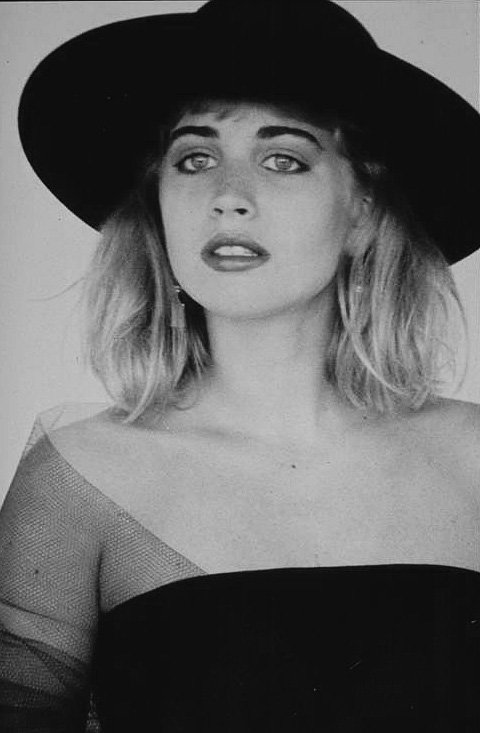
Nikon EM
I normally don’t do 2 camera pieces in a row, but the undeserved bad press on the Nikon EM camera forced me to respond. It was my second camera. I’ll start by saying when I was finding my way in photography, I had what everybody tells me now were “bad, limiting” cameras. My first camera was a $40 Minolta X-370 with a “bad” Minolta zoom lens. (or so I’m told) After 8-9 months of some “not bad” images, the door fell off, and so I bought the venerable NIKON. Ta da! Apparently, I bought the wrong model. 🙁 Hey, I was young and stupid. Or was I?
Better Than You Think
I used that Nikon EM with MD-14 and 50mm E series lens for 2 years. Those images got me into the NYC modeling agencies and work with the ad agency ‘Saatchi & Saatchi’. There was also an MD-E motor drive, (cheap), plus a variety of Nikkor 50mm’s, including the most expensive AI-s lenses. But I had what I had and used what I had. It was small, and nothing to brag about with all the “Pros”, who had all the cool cameras. But it did the job. So when people tell me it’s a “piece of crap”,…well, I guess they don’t have my fond memories. Or negatives.
It was small, uncluttered, and could have been made by anyone because of its generic appearance. Now the real story. As an entry level camera, this 1979 baby Nikon is actually all you “need” to take awesome images. Lens, motor drive and camera was about $100 from the local pawn shop. The lens, while Nikon’s cheapest, was like a Zeiss compared to the Minolta zoom. I was one excited 19 yo when I got back my first images. Sharpness, contrast and ease of use.
It had aperture priority auto – you set the lens aperture and the camera figured out shutter speed. First thing everybody said, “What about compensation?” None. (sorta) Just perfect exposures. I like to say it was the perfect camera for people who knew nothing. (me)
Inexpensive But Solid
The film transport was smooth and solid. Even with the motor drive,…loud but smooth. Half press the shutter release and the simple needle meter came on, showing a shutter speed scale. If the shutter speed went below 1/30th, it was “in the red”, and you hear a beep. The click of the shutter was as smooth as any camera, and shutter lag was negligible. At least in practice.
The Nikon EM camera has a pretty bright viewfinder. I hate the little square plastic eyepiece, but they sell attachable eye cups. All the information you would need is right there. (except aperture which you manually set on lens) Focusing is easy with a fixed, but non-interchangeable, focusing screen with central split-image microprism.
A button on the front slowed down speed 2 stops for back lit subjects. Kind of weird,…but I attribute it to Nikon getting on the new auto programming bus. And this was a 1979 camera.
While the top and bottom plates were made of polycarbonate, it felt solid not cheap. The chassis is aluminum alloy. I will tell you the hurtful things that were said to me. (not really hurtful as I didn’t give a sh**) “Dude, get a real Nikon!” Whatever. Later in life I had a Porsche 928. People would say the same thing to me,….”Dude, get a real Porsche!”. OK. Whatever.
2 Motor Drives
The MD-14 motor drive was plenty fast for me. (3.2 fps) The MD-E was 2 fps. OK, no depth of field preview, manual speed control, EV compensation, no adjustable diopter and other “pro” features. But it was a light consumer camera, (460 g), it worked with most of the AI and AI-s Nikkors, and all of the AI-s Series E lenses. No non-AI lenses.
Nikon EM camera and film? From 25 to 1600 ISO. A stepless shutter speed of 1 to 1/1000s and a bulb electronic setting. Flash sync of 1/90th thru the hot shoe only. When using the SB-E flash, the hot shoe transmits the film speed and aperture information to the flash. The camera exposure is set to the M90 setting (1/90s) and activates an LED in the viewfinder. Blinking LED? Underexposed. Couldn’t be simpler.
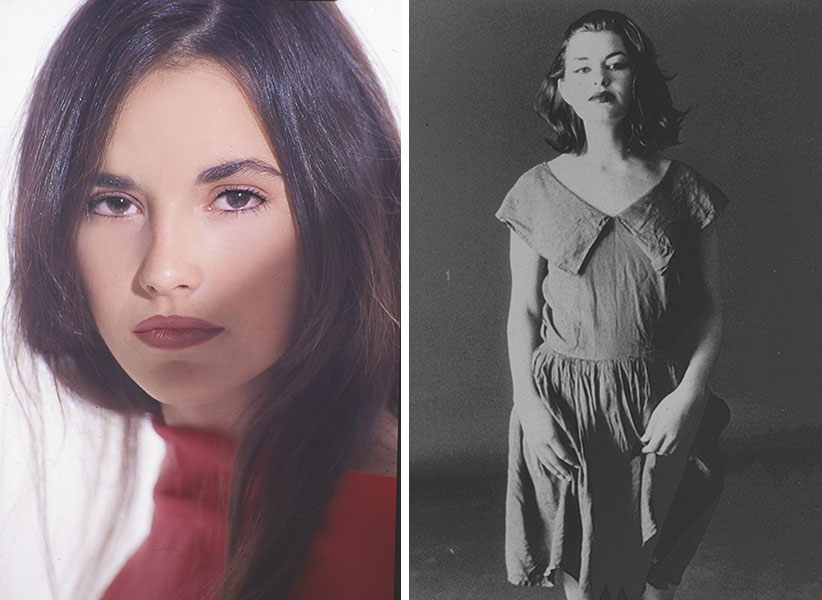
Popularity Resurgence
Can I name any famous photographers using an EM? No. (they’re hiding) Nikon EM camera reliability has made it sought after, even today. Unbelievably, even to pros. Probably the same ones who told a poor teenager to get a “real” Nikon. I think it was Nikon’s first automated small camera success, and is probably responsible for financing all the future advancements in their professional line of cameras. Mint examples are plentiful. Find Nikon EM
Addendum: To answer a repeated question, the first EM’s hade a blue button, and later ones had chrome. Some say the rewind crank is stronger on the chromes. I don’t think so. However, the blue EM version has the disadvantage that the rewind crank may, (like sometimes), hit the prism viewfinder, while the chrome EM version has a redesigned crank. (that doesn’t)

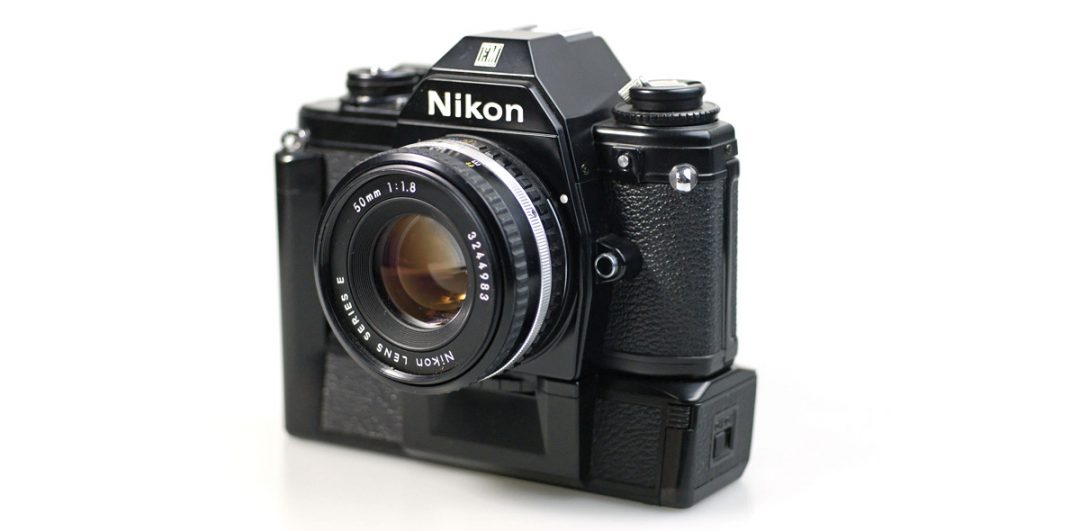
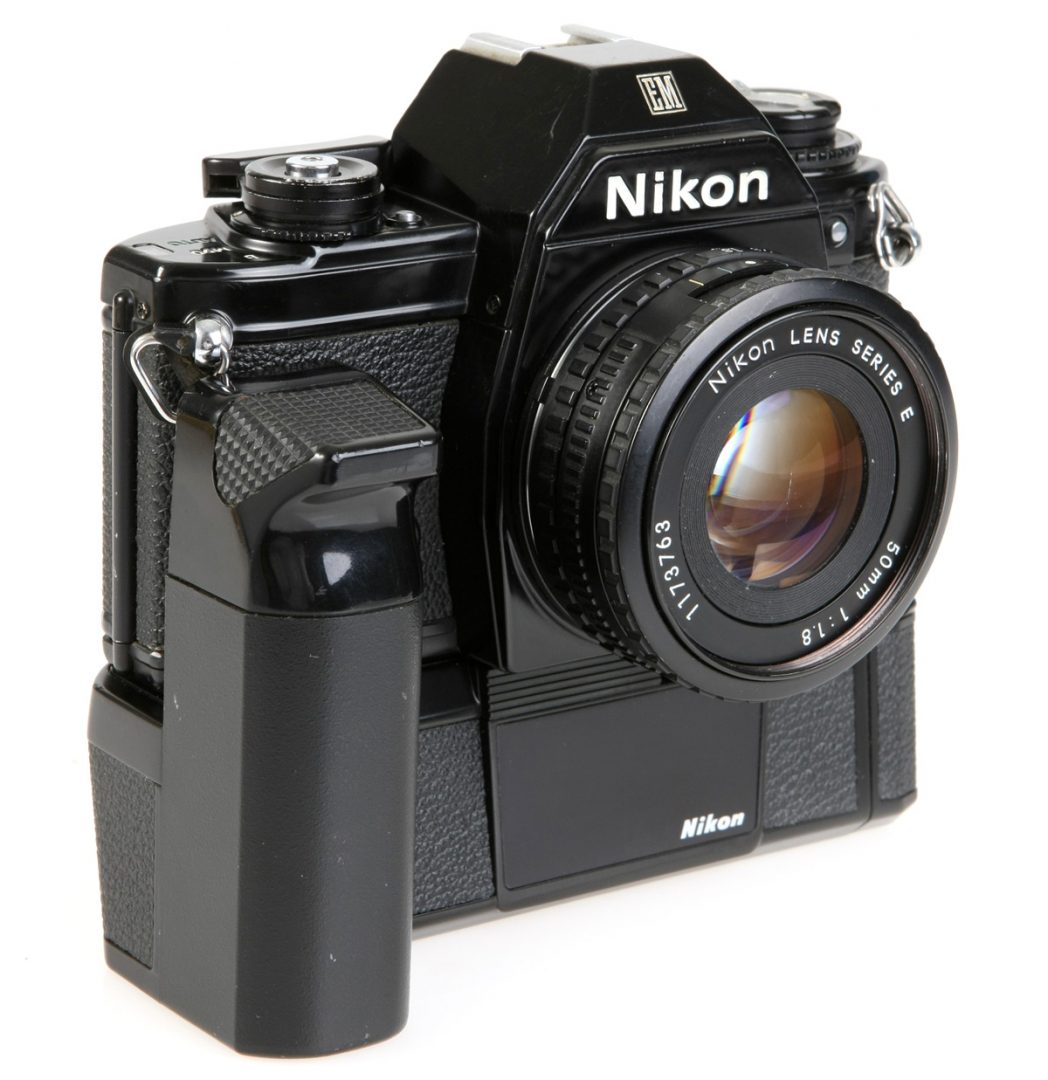
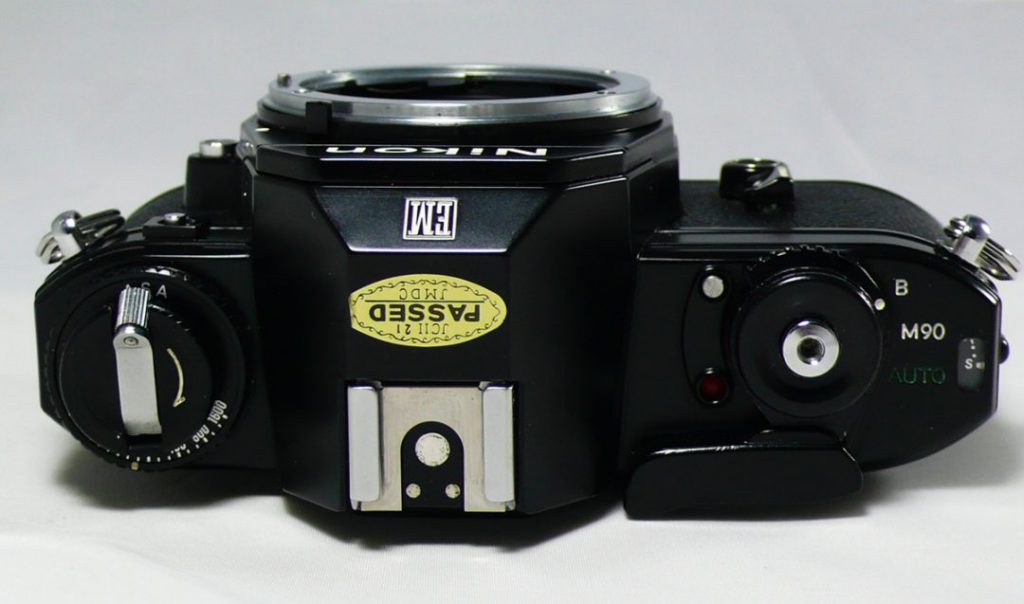
Back packed Europe in 79 with a redhead and aNikon EM. Ireland, Scotland, England, France, Switzerland, Italy, Sicily, Greece- What a trip, 3 mo’s. Shoot 1000 slides Kodachrome ll. Two were bland, 1000 perfect exposures, sharp, contrasty, just great. Nothing like a Compact, lightweight camera for scenics or street shots. Nikon EM rules in my mind!
Agree. I personally think people should just think of an EM as a manual focus point and shoot. 😀